

Whenever I travel I always make certain to find the cemeteries in the towns I am wandering to. This has been a tradition input into my travels since I was a small child and we visited old gun slinging towns in the Southwest or chased through Civil War towns and battlefields. I have even had the privilege more than a couple times to see the changing of the guard at the Tomb of the Unknown Soldier in Arlington National Cemetery in Washington, DC. It is a true honor to watch the Marines prepare to take over the duty of marching guard at this tomb. There is even a long held secret story of me and my cousin flirting with one of those guards and distracting him from his sacred duty -- he quickly got a grip and ignored our wiley ways -- but I will never forget the moments of chatting with him about his polished shoes and excitement in this honor.
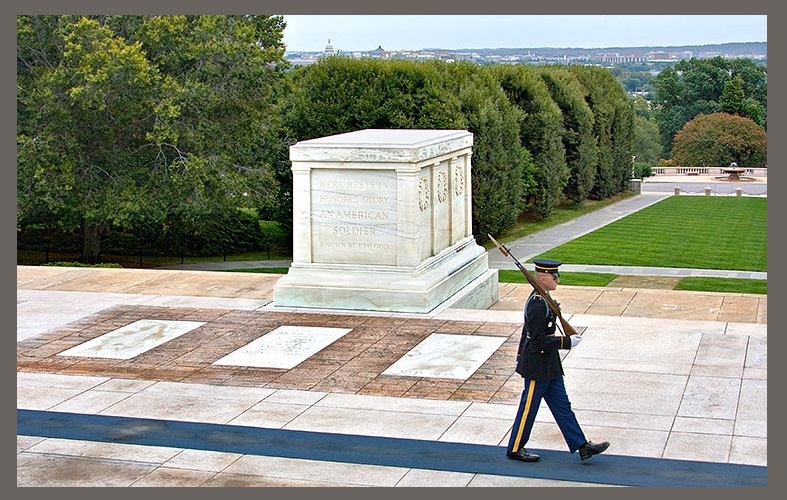
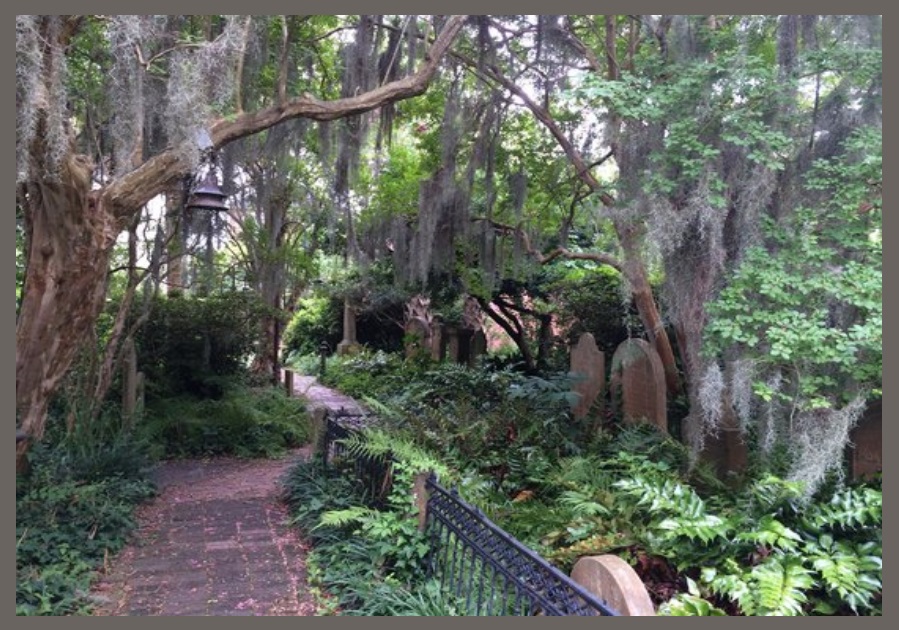
One afternoon while on vacation in Charleston, South Carolina I found myself strolling in one of the oldest parts of town enjoying the tiny shops and cobblestone streets. There was a magical sudden mid-afternoon cloud burst, a violent lashing of rain that lasts for a short span of time followed by the humid sweltering sunny heat that will set in for the rest of the day.
When the rain began to downpour I quickly darted into a delightful little garden / antique shop that was filled with an amazing array of old world southern antiques and art pieces. I struck up a conversation with the shop owner and she took note of my camera asking if I was a photographer. My reply was that I was simply a vacationer with a very serious love of antiques, architecture, and grave yards and had been happily finding so many lovely things to take pictures of while visiting her city. She was a graveyard enthusiast as well and she shared with me the secret graveyard that although on the maps was not a part of the 'tourist trade' of ghost and cemetery tours but was mostly kept as a secret graveyard garden for locals only.
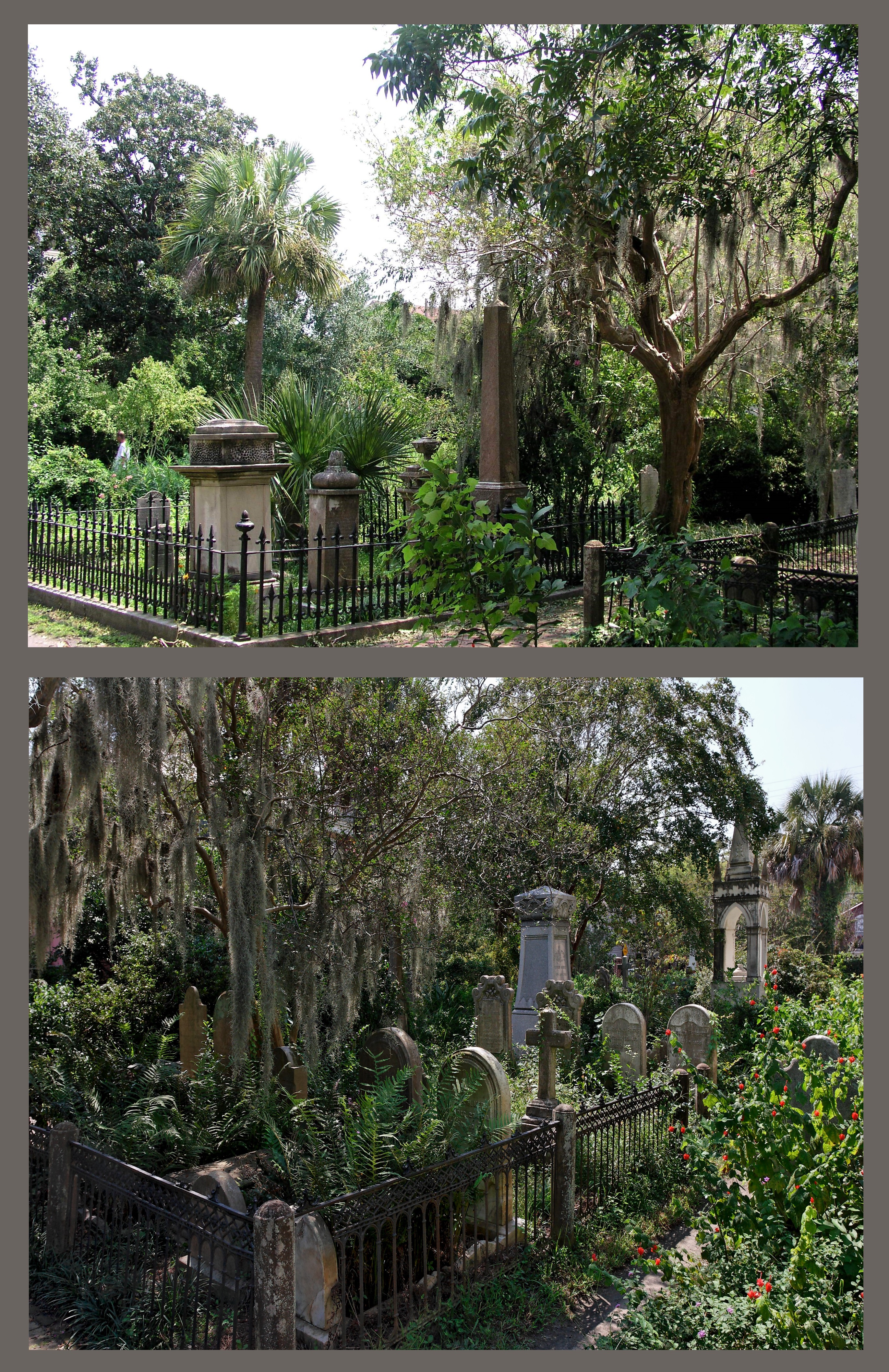
Once the rain stopped its incessant pounding outside she gave me directions to this delightful spot and saw me out her door.I ventured down several blocks and found myself in the most amazing cemetery I had ever had the pleasure of spending time in, and by that time I had managed to visit several cemeteries in the city, each one more charming than the last, as well as take a cemetery tour... or two. What I discovered in this walled of little church's back yard was a maze of flowering trees and bushes that decorated clusters of graves, some of which were secured behind little short fences.
What I came to learn about the traditions of this Unitarian Universalist Church is that they did not believe in the manicured lawns and urns of flowers you normally see on graves in cemeteries. They believed in the wildness of the trees and the fresh flowering bushes placed in family plots and along the walled in garden. Everything was kept somewhat maintained by gardeners of the church, nothing was left to grow completely wild, yet the whole place had a wild air about it simply because it was not ordered rows of headstones with vases or urns of flowers set up like little soldiers in rows. It breathed an essence of life that was surprising to find in a place honoring death. I will never forget my hours spent in that lovely space and I long to go back and spend another afternoon soaking up the dappled sunlight and sit in the wild beauty of death.
|
America's First Female Serial Killer - Lavinia Fisher:
Although not buried in the Unitarian church in Charleston, SC, her ghost is said to haunt this place. Lavinia and her husband owned the Six Mile Wayfarer House and murdered an untold number of their guests by poisoning and stabbing them. She was hung in 1820 for her crimes.
|
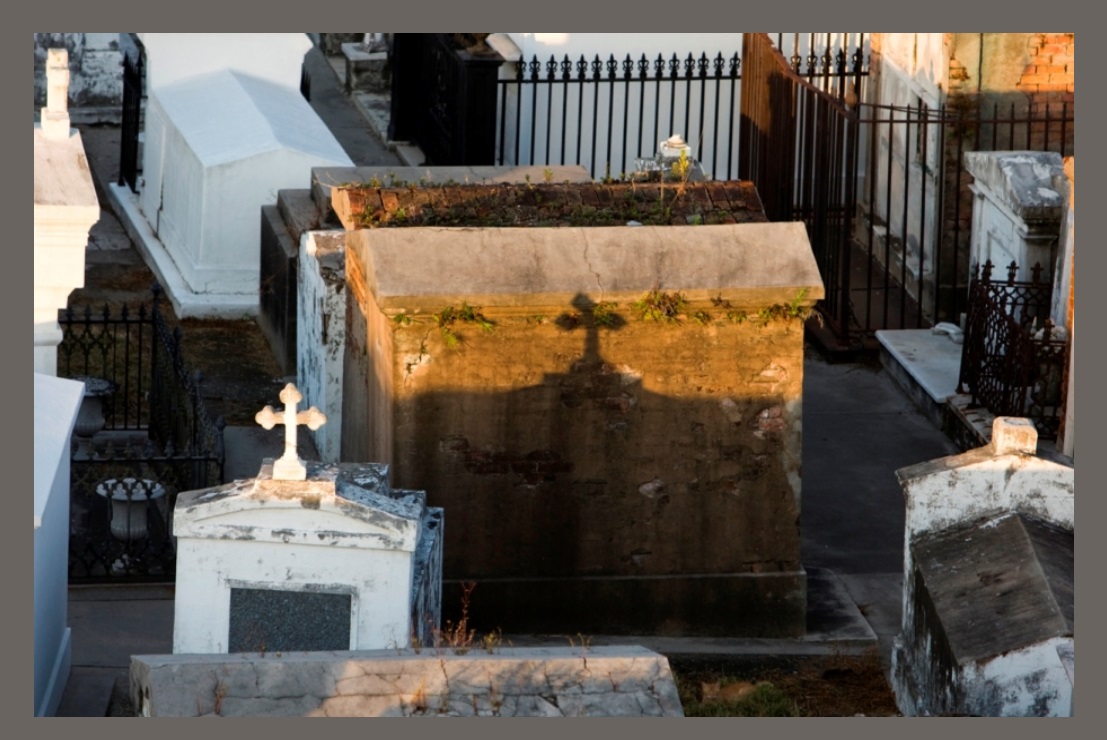
St. Louis I, II and III cemeteries are located in New Orleans, Louisiana (NOLA) and are popular tourist attractions. The city of New Orleans is between one and two feet below sea level and because of this it necessitates that people be burried above ground in tombs. I had the pleasure of visiting New Orleans in 2003 and very much enjoyed the many graveyards. I visited Metairie and Greenwood cemeteries located just outside of New Orleans and loved the park-like settings with grandiose marble tombs decorated and topped with many beautiful crosses and angels. It is quite a sight to behold, a cemetery that does not have simple grave stones but tomb after tomb - row after row - a space of beauty to house and honor the dead safely kept above ground simply to keep the bodies above the very important sea level height. All of the cemeteries are quite outstanding in New Orleans, however, the best of the cemeteries are the oldest in the city, the Catholic St. Louis cemeteries.

The oldest of the three cemeteries, St. Louis I, was built in 1789 following the destruction of city's original cemetery St. Peter Cemetery following a fire in 1788. This cemetery in addition to being the oldest is also the smallest of the three and all of the tombs are packed on top of each other in a twisting maze. One of the famous people enterred in this cemetery is the Voodoo priestess Marie Laveau, believe to be burried in the Glapion family crypt. Legend has it that bad luck will fall onto anyone that takes a picture of her grave. I did visit the grave and of course left a token of thanks, but I most certainly did not violate her boundaries and take any pictures, and of course of the pictures included here - none of them are of Marie Leaveau's final resting spot. Although many are brave, or ignorant of the legend, and do take pictures... I have often wondered if their luck has held in the years since they decided to cross the Voodoo Queen.
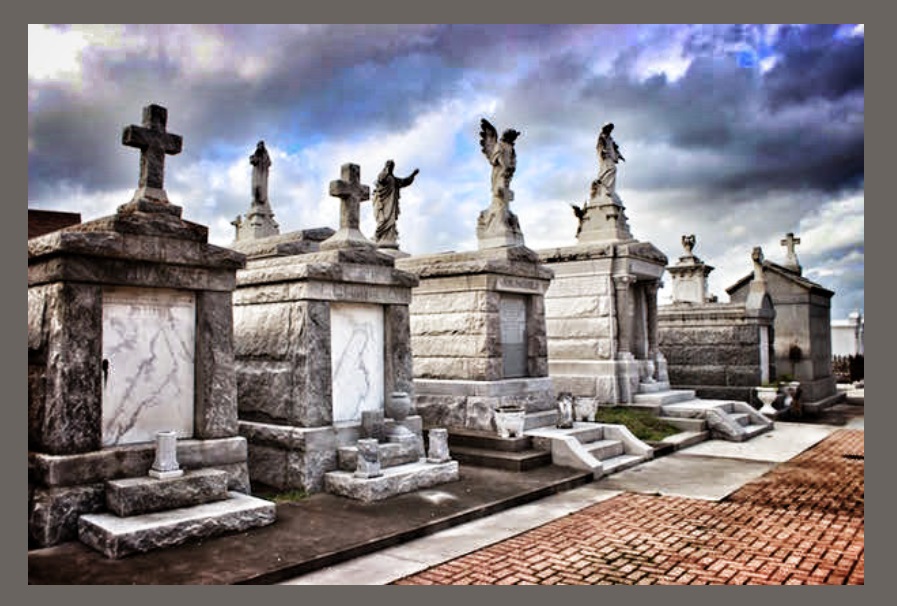
St. Louis II cemetery is a short walk from St. Louis I and was started in 1823. Both St. Louis I and II are located in the French Quarter section of New Orleans. St. Louis II is in far better condition than St. Louis I and continued to have people buried in it well into the 20th century. The cemetery had minor flooding damage during Hurricane Katrina and what survives today to mark the presence of this storm is a brown waterline that stains many of the tombs. The cemetery was entered into the National Historic Register in 1975.
St. Louis III cemetery is located over two miles away from St. Louis I and II well away from the French Quarter. This cemetery opened in 1854 and is far more elaborate than the sister cemeteries. The marble tombs have more embellishment and the grounds have cleaner more park like paths. This cemetery was heavily flooded during Hurricane Katrina and sustained a fair amount of damage to the plaster that decorate some of the tombs.
